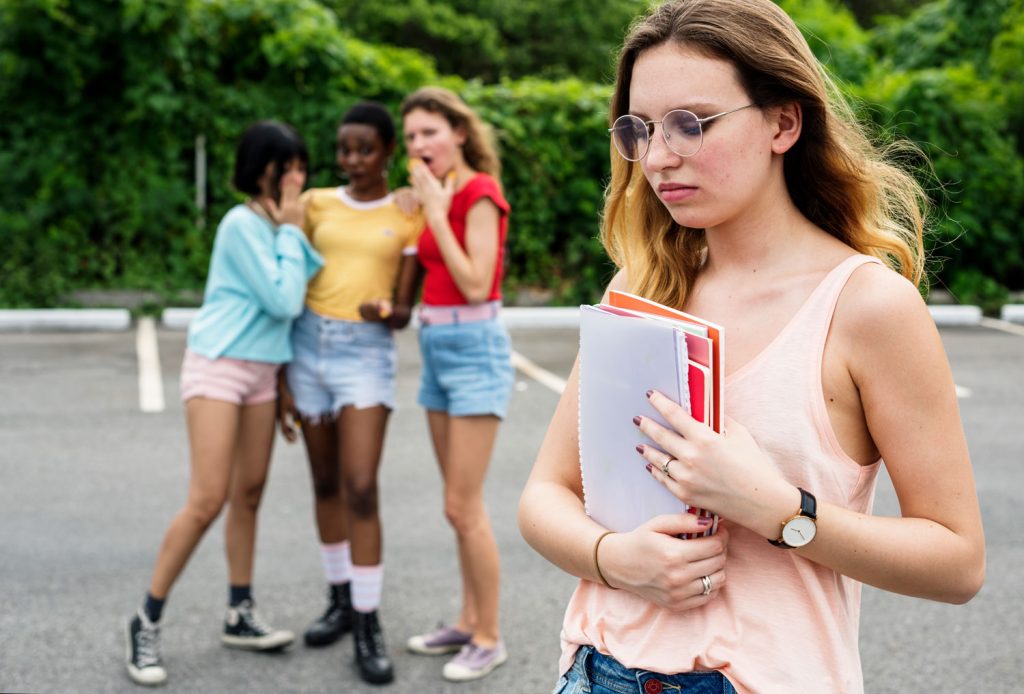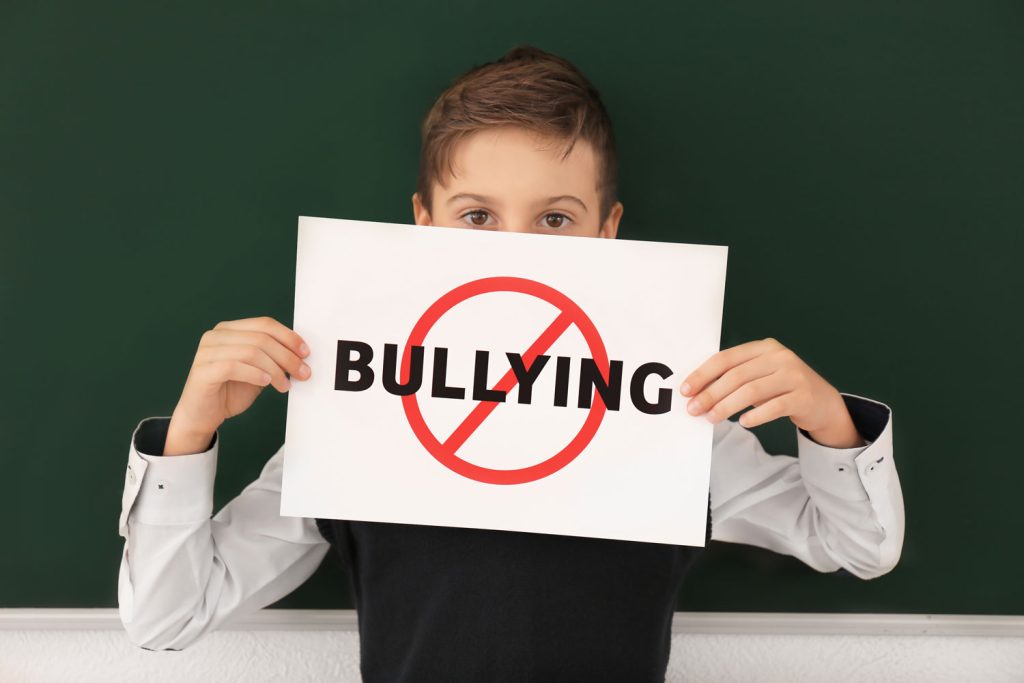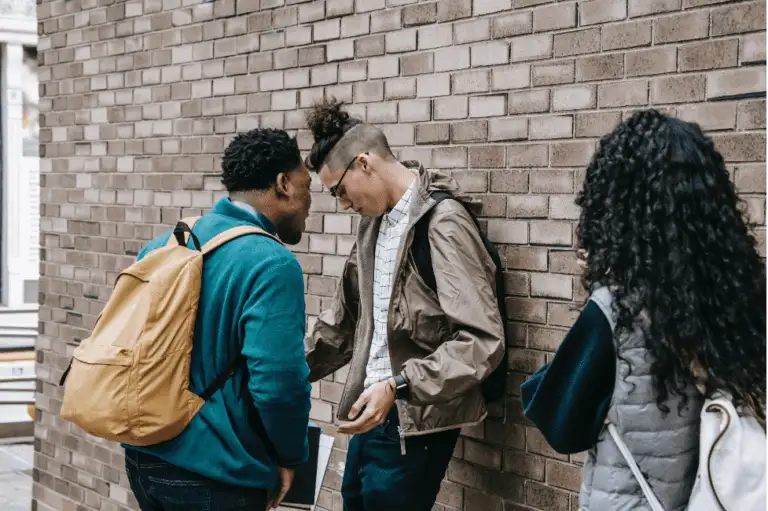Many studies conducted on the subject of the effects of bullying have shown that witnesses may develop more mental health problems than either the bullies or the victims themselves. Furthermore, in comparison with children who are not exposed to any violence children and adolescents who are exposed to violence inside their families or at school are at a greater risk of serious mental health problems. Violence at school can manifest in many different formats which include name-calling, kicking, spreading rumors, threatening, etc.
It can pose the same kind of mental health risk to those who witness the incident as those who are subjected to it. Students who watch their peers bully or have been bullied are more likely to experience certain symptoms of psychological distress and consequently develop mental health conditions such as depression and anxiety, which could lead to hostile behavior or the development of different types of complexes such as the inferiority complex. It has also been depicted that these children are more prone to indulge in substance abuse and drink alcohol later in life. Consequently, it is quite evident that bullying can have significant adverse effects on the bystanders and cause:
- Feelings of anxiety and insecurity stemming from fear of retaliation
- Heightened mental health risks
- Heightened risk of substance abuse
- Interpersonal sensitivity such as feeling hurt or inferior
- Helplessness
- Potential suicide ideation

The Term “Poly-Victim”
In 2007, Finkelhor and colleagues coined the term “poly-victim” which refers to a subpopulation who experience multiple kinds of victimization including:
- Violent crimes like assault, sexual assault, theft, and burglary
- Child welfare violations like child abuse, and family abduction
- The violence of warfare and civil disturbances
- Being targets of bullying behavior
Identifying a poly-victim does not solely depend on the frequency of the victimization’s occurrence, but rather on whether the victimization is occurring by multiple perpetrators and in different contexts or not. In 2010, studies of Ford and colleagues pointed to the fact that compared to youth that did not experience poly-victimization, poly-victims are more likely to experience psychiatric disorders including:
- Twice as likely to develop depression
- Three times as likely to suffer from posttraumatic stress disorder
- Up to five times more likely to overindulge in alcohol consumption or do substance abuse
- up to eight times more likely to develop comorbid disorders

Reasons for Bystanders’ Inaction in Bullying Incidents
Bystanders by definition are those who watch a bullying incident without showing any responses. These individuals are most likely not responding to the situation due to the direct effects of a psychosocial phenomenon known as diffusion of responsibility. Meaning that they feel like the responsibility to do something is shared by the entire group of those present within the vicinity of the incident which leads to a delay in their response to address the situation or might even cause failure to respond at all. Bystanders may be slow to respond as they are trying to determine if the situation is serious enough to intervene or they might be monitoring others in the group to see their reactions. The reasons for such inaction could include:
Uncertainty, which refers to having no idea what to do. The bystanders would need to be educated regarding the proper ways to interfere in such instances by their parents and teachers.
Fear, which can lead to a failure to do anything. Bystanders fear embarrassment or ridicule. Another reason might also be that they fear that their interference would only escalate the situation making matters worse by saying or doing the wrong thing. Bystanders are also afraid of being injured or becoming the next target by defending victims. They are also fearful of rejection or ostracization.
Feeling Guilty can become something that haunts the bystanders’ minds day and night. Bystanders would feel a pang of overwhelming guilt regarding what happened to the victim or as a result of not knowing what to do and how to interfere.
Approach-Avoidance Conflict, which refers to a sincere desire to help with a situation, but an equally strong desire to avoid the situation that could be interpreted as a feeling of being pulled in two different directions at once. It results from the combination of fear and guilt which contributes to the indecisiveness of the bystander. This conflict would result in severe anxiety and stress leaving the afflicted person with a feeling of paralysis.
Anxiety, which mostly occurs in schools among students who are witnesses to bullying. Bystanders begin to worry about their safety and security as a result of them potentially being the next targets. Such high levels of anxiety can make concentration difficult. Consequently, the afflicted students might altogether avoid social events and functions where there is a chance of such incidents occurring only as a defensive measure against anxiety. Sometimes, the bystander may join cliques or succumb to peer pressure, or may even become bullies just to avoid being bullied themselves.






